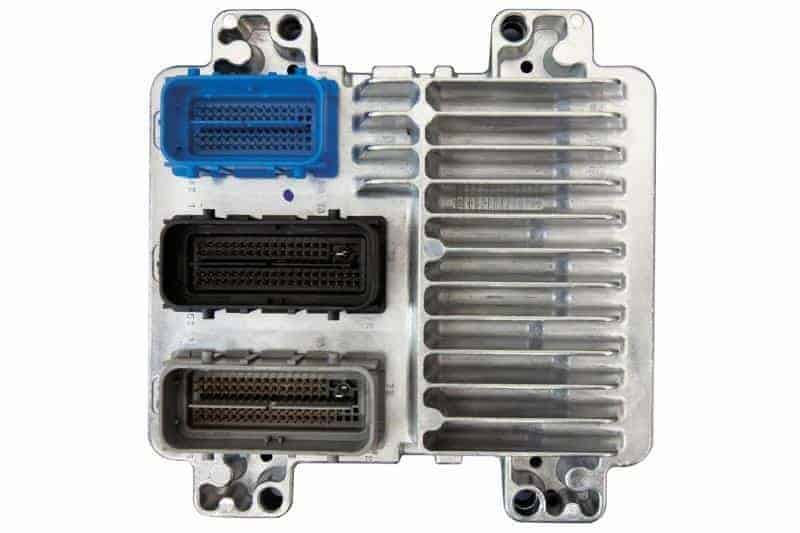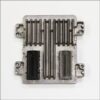Restore Your Vehicle’s Brainpower and Performance
Is your 2007 Buick Rainier or another compatible GM vehicle suffering from perplexing issues like a persistent Check Engine Light, poor fuel economy, rough idling, or even a no-start condition? These are classic signs of a failing Engine Control Module (ECM). The ECM is the central computer of your vehicle, managing everything from fuel injection and ignition timing to transmission shifting and emissions control. When it falters, the entire vehicle’s performance and reliability are compromised.
This replacement Engine Control Module, service number 12602044, is the definitive solution to get your vehicle running like new again. It’s not just a part in a box; it’s a fully integrated solution. We program the module with the latest official GM software updates specifically for your vehicle using the VIN you provide. This critical step ensures perfect communication between the ECM and all other vehicle systems, eliminating the need for expensive dealership programming.
From the Diagnostic Bay
We had a 2007 Envoy (which uses the same family of ECM) come into the shop with a list of bizarre, intermittent problems. The owner had replaced sensors and chased wiring ghosts for weeks. The scanner showed random communication errors that didn’t point to a single component. On a hunch, we checked the ECM’s power and ground feeds, which were solid. We swapped in a VIN-programmed ECM, and it was like flipping a switch. The rough idle smoothed out, the transmission shifted properly, and all the random error codes vanished. A faulty computer can mimic dozens of other problems, making a quality, correctly programmed replacement the most effective repair.
Common Symptoms of a Failing ECM
- ✔ Persistent and unexplainable Check Engine Light (CEL)
- ✔ Engine stalling, stumbling, or misfiring
- ✔ Noticeable decrease in fuel efficiency
- ✔ Harsh or erratic automatic transmission shifting
- ✔ Failure to pass emissions testing
- ✔ Complete no-start or intermittent starting issues
- ✔ Communication errors with diagnostic scan tools
The Importance of a VIN-Programmed 2007 Rainier ECM
Simply installing a used or non-programmed ECM will not work. Modern vehicles have sophisticated anti-theft systems and specific operational parameters tied to the Vehicle Identification Number (VIN). Our process ensures this module is a true plug-and-play solution. By programming it before shipment, we match it to your vehicle’s exact configuration, including engine type, transmission, and factory options. This unit is a direct replacement for a wide range of GM vehicles and is interchangeable with service numbers 12590032, 12602044, 12603530, 12605843, 12607096, 12630457, and 19210737, ensuring broad compatibility and a reliable fix.
Don’t let a faulty computer keep your vehicle off the road. Order this professionally programmed ECM today and restore the performance, efficiency, and reliability you depend on.
Frequently Asked Questions
Do I need to program this ECM?
No. We handle all the programming for you before the part is shipped. Simply provide us with your vehicle’s VIN during or after checkout, and the module will arrive ready for installation.
What is an ECM?
The ECM, or Engine Control Module, is your vehicle’s main computer. It controls the engine’s performance, fuel management, and emissions systems by reading data from various sensors and making real-time adjustments.
Where is the ECM located on a 2007 Buick Rainier?
On the 2007 Rainier, the ECM is typically located on the driver’s side of the engine compartment, often attached to the inner fender or near the air cleaner housing. Always disconnect the battery before attempting removal or installation.
What happens if I don’t provide my VIN?
We cannot ship the module without your VIN. The programming process is essential for the part to function in your vehicle. We will contact you after your purchase to ensure we get the correct VIN to proceed.
Is any additional setup required after installation?
In some cases, a CASE (Crankshaft Angle Sensor Error) relearn procedure may be required after installation. This can be done with a capable bi-directional scan tool and is a standard procedure for this type of repair.


